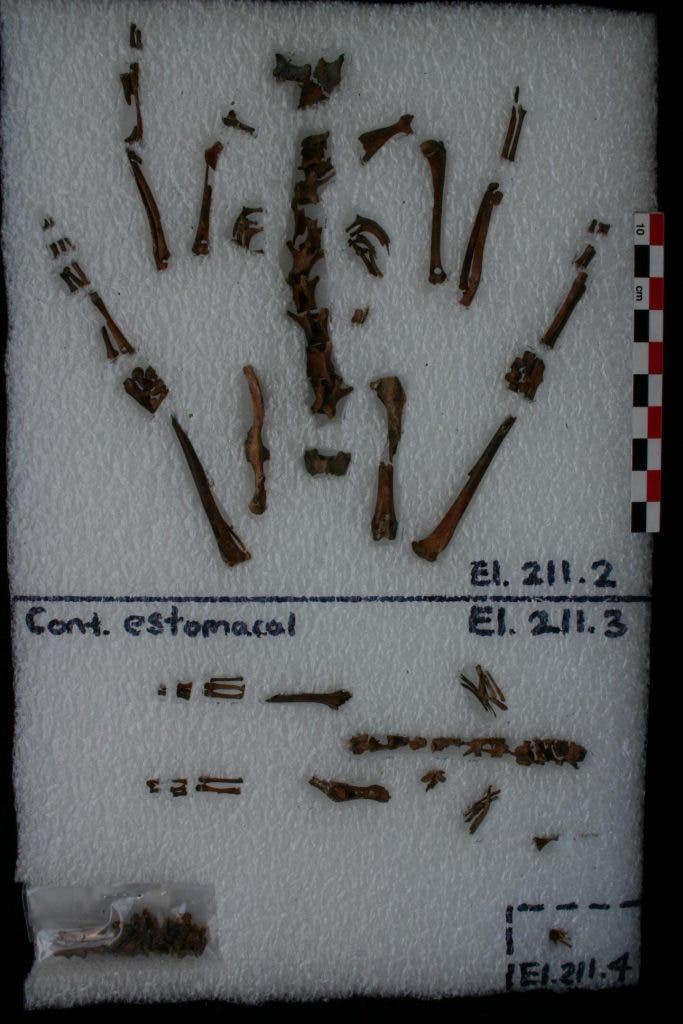Although the Americas have many native rabbit species, they were never domesticated. Europe only has one native species of rabbits, and this one was domesticated. Archeologists at Iowa State University and the University of California Riverside say they might have found the explanation.

Rabbits — furry fuzzy little creatures that taste pretty good. And, although they taste pretty good everywhere, the original inhabitants of the Americas didn’t seem to ever truly domesticate them, whereas Europeans did. This disparity is made all the more intriguing as all European breeds of rabbit today were bred from a single species, originally limited to the Iberian Peninsula and Southern France during the last Ice Age. The Americas, in contrast, are home to many more native species of rabbit.
A new paper proposes that it comes down to how the animals interact. European rabbits are more social, they explain, whereas American cottontails are not. Together with the greater rabbit species diversity in the New World, this meant that early rabbit husbandry didn’t successfully domesticate the animals.
Not fun at parties
Andrew Somerville of Iowa State University and Nawa Sugiyama of UC Riverside have spent a lot of time trying to understand why some rabbits were readily domesticated, while others were not. Sugiyama primarily worked at Teotihuacan, one of the largest ancient cities in today’s Mexico. Here, he explains, rabbit remains comprise around 23% of all animal remains found from the Classic period — more than the remains of any other species used for meat at the site. The bones were concentrated more toward the city center, he adds, which suggests that the animals were being raised, not hunted.
Analysis of the remains further supports this view. Samples were taken from rabbits buried at the Sun and Moon Pyramids, and from specimens found in the stomachs of sacrificial carnivores. Isotope analysis revealed that these rabbits primarily ate corn and cactus, both to a much higher percentage than you’d expect in wild rabbits. It fits with the theory that these rabbits were raised by humans and, in turn, used to feed sacrificial animals.
“The rabbits were probably fed corn, but the carbon isotopes don’t distinguish between corn and cactus, so we can’t say for certain,” Sugiyama said.
One apartment compound excavated at the site had high amounts of phosphate on the floor, littered with animal bones. Almost half of the bones here came from rabbits that had been fed similar diets, mostly agricultural grains. The high level of phosphate on the floor suggests the animals were kept here, as phosphate is excreted through urine. A stone statue of a rabbit found in the central plaza of the complex made interpreting the finding that much easier.
But we know from historical records that rabbits in the Aztec empire were not domesticated — the Spanish conquistadors confirmed this. They recounted the Aztecs raising and trading the animals, but note that they were still wild. To understand why, Somerville compared the behavioral ecology of European rabbits and American cottontails with known criteria that make species suited to domestication efforts. A few among these include living in groups with resident males, having youths that require parental care and imprint easily, low reactivity to humans, tolerance for a wide range of environments, and being quite promiscuous.
Rabbits in America and Europe check all those marks, except social behavior for those in the Americas. Where European rabbits live in warrens housing up to 20 individuals, American cottontails are solitary and live entirely above ground. For the former, this made it easier for people to find the animals in the wild and mimic their natural living arrangement in captivity. Since they’re not natively social, cottontails tend to fight and kill one another in captivity.
The team proposes that the solitary nature of the cottontails is what prevented them from becoming domesticated in the real sense of the word. Greater species diversity also helped in this regard, as husbandry efforts were diluted among different species instead of pooled into a single one.
The paper “Why were New World rabbits not domesticated?” has been published in the journal Animal Frontiers.






